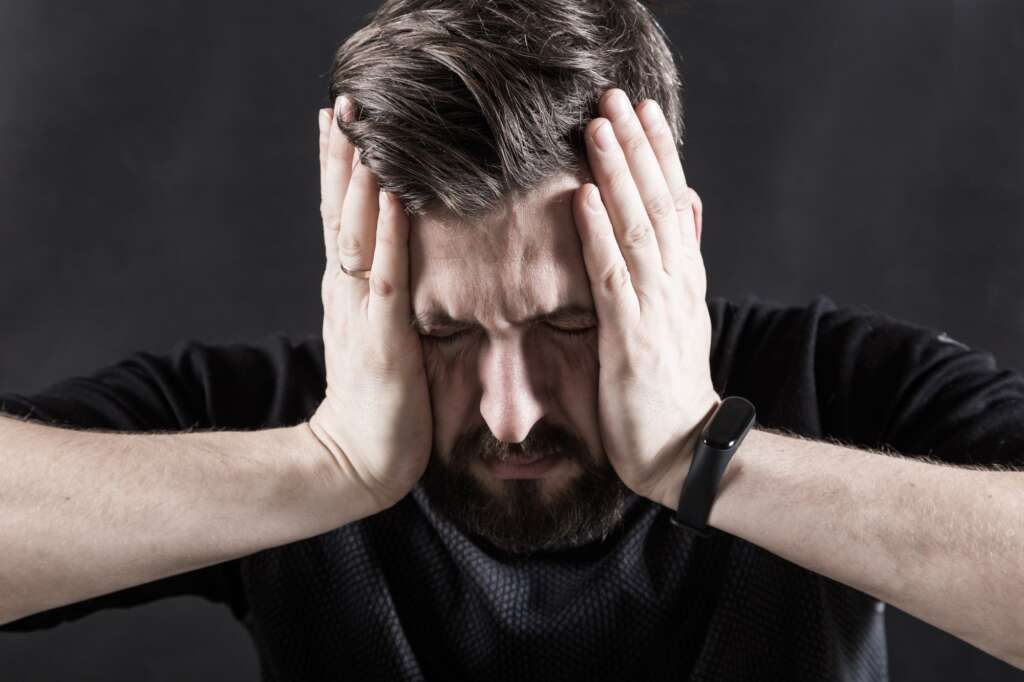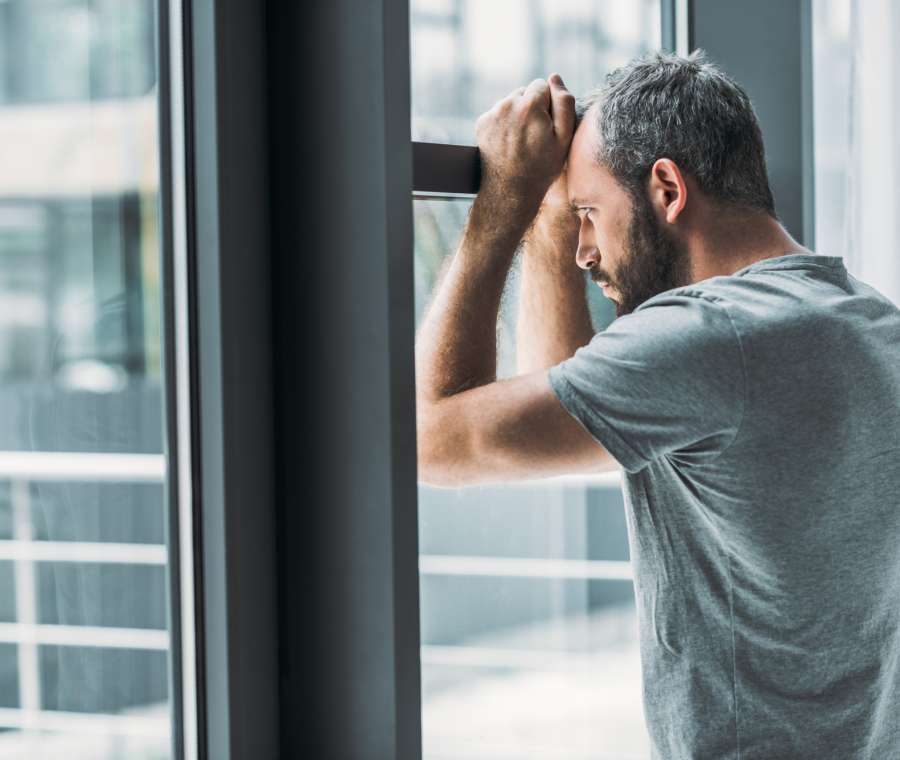Approximately one-third of Americans experience short- or long-term pain daily, and an estimated 5 to 8 million adults use opioids for long-term pain management. Because opioids are highly addictive, long-term treatment may lead to addiction, but sometimes the signs of opioid addiction aren’t obvious. This results in individuals not receiving the treatment they need to recover.
Because opioids are so frequently prescribed for pain and addiction statistics continue to rise, the U.S. Department of Health and Human Services declared a public health emergency on opioid use. In 2020, approximately 10.1 million people misused opioids, and more than 760,000 have died from overdose since 1999. Keep reading for more information on opioids, their effects, and the causes and risk factors of opiate abuse.
Understanding Opioids and Their Effects
Opioids, also known as narcotics, are a class of prescription drugs used to provide moderate to severe pain relief, including post-surgical pain, vascular pain, and cancer pain. They’re derived from the poppy plant, but the active ingredient may be chemically created in a lab. Common opioids include morphine, heroin, codeine, hydrocodone, fentanyl, and opium.
Opioids interact with certain neurons in the body to cause them to increase the production of dopamine, a neurotransmitter that creates feelings of intense happiness. Opioid receptors can be found throughout the body. In the intestines, opioids can slow digestion to allow more time for absorption, and in the central nervous system, they slow breathing, improve mood and reduce chronic pain. Other side effects of opioid use include:
- Dizziness
- Drowsiness
- Nausea
- Increased sensitivity to pain
- Irregular heartbeat
- Itchy skin
- Dry mouth
- Constipation
Opioids are highly addictive, and users develop tolerance quickly, which can lead to opioid use disorder. Once you become addicted, it can be difficult to stop taking these medications on your own without treatment due to the severe withdrawal symptoms.
Statistics for Opioid Abuse
According to the Centers for Disease Control and Prevention, approximately 75% of overdose deaths in 2020 involved opioids. These numbers have risen by 20% since 1999. Adults aged 35 to 44 had the highest rates of opioid overdose of all age groups, and the majority of these were prescription drug users.
Physical Signs of Opioid Addiction

Addiction is present when an individual continues using a substance even though they know it causes problems. Addiction is a complex yet treatable condition that typically has some harmful effects. These effects can have short-term and long-term consequences and can occur for months and even years after someone seeks rehabilitation and treatment for drug abuse.
One of the most common physical signs and symptoms of opioid addiction is exhaustion. Because the drug depresses the central nervous system, users may feel fatigued and require excessive sleep. Opioids, such as morphine, dilate the cutaneous blood vessels, so the skin may appear flushed and sweaty. Itchy and irritated skin around the face, neck, and chest is common.
With repeated use, opioids can cause muscle spasms, seizures, and Parkinson’s symptoms. These symptoms usually go away about 3 weeks after discontinuing use. Approximately 40% of users experience nausea and vomiting, which isn’t prominent at regular doses. At higher doses, opioid use causes dizziness.
Because opioid use slows down the digestive system, an individual may start using laxatives to treat constipation. Skin infections can occur if someone is regularly injecting heroin into the veins. Additional physical signs of opioid addiction include:
- Dry mouth
- Constricted pupils
- Low blood pressure
- Loss of consciousness
- Frequent illness
- Changes in appearance
Behavioral Signs of Opioid Addiction

Based on physical symptoms alone, opioid addiction may be difficult to identify because it mimics other conditions, so it may be easier to identify behavioral signs. Like most addicts, opioid addicts tend to withdraw from family and friends and seem uninterested in activities that once brought pleasure. An individual may struggle with work or school and have a difficult time maintaining close relationships. They may have excessive absences and begin to isolate themselves from others. Typically, the user’s mind focuses on obtaining more of the drug and when they can use it without being detected by others. Someone who dressed nicely and appeared neat and tidy in the past may suddenly appear unkempt and lack good personal hygiene. Episodes of extreme agitation, emotional outbursts or increased irritability may occur.
As the addiction gets worse, an addict may show signs of risky behaviors, including stealing to get money to purchase more drugs or stealing prescriptions from family and friends. The individual may schedule appointments with multiple physicians to obtain new prescriptions for opioids. When confronted, the individual is likely to deny they have a drug problem.
Psychological Signs of Opioid Addiction

Mental illness and opioid addiction sometimes go together. Individuals who use opioids long-term are 40% more likely to suffer from a depressive episode. Addicts often feel guilt and negative feelings because of their addiction, especially if they’ve tried unsuccessfully to quit.
Anxiety disorders are also common with opiate addiction because opioids affect the brain’s ability to produce endorphins, which alleviate stress and anxiety. Approximately 60% of opioid users also show symptoms of a long-term anxiety disorder even after treatment and recovery. Co-occurring disorders sometimes appear during a drug treatment program or during opioid withdrawal and last long after recovery.
Opioid users may also appear detached from reality. This disassociation is typically caused by severe anxiety and stress.
How to Help Someone With an Opioid Use Disorder
Watching family members or friends struggle with substance abuse can be difficult. Show compassion and understanding and try to put yourself in their shoes. Talk to them about your concerns and offer to help them find a reputable treatment program.
If you or someone you love is struggling with an opioid addiction, Anchor Addiction and Wellness Center can help you. Our Suboxone clinic helps individuals detox gradually to reduce withdrawal symptoms. If you live in Ohio, contact us at (866) 900-1069 to schedule a consultation. Our caring counselors can speak to you 24/7 and discuss the available treatment options.
